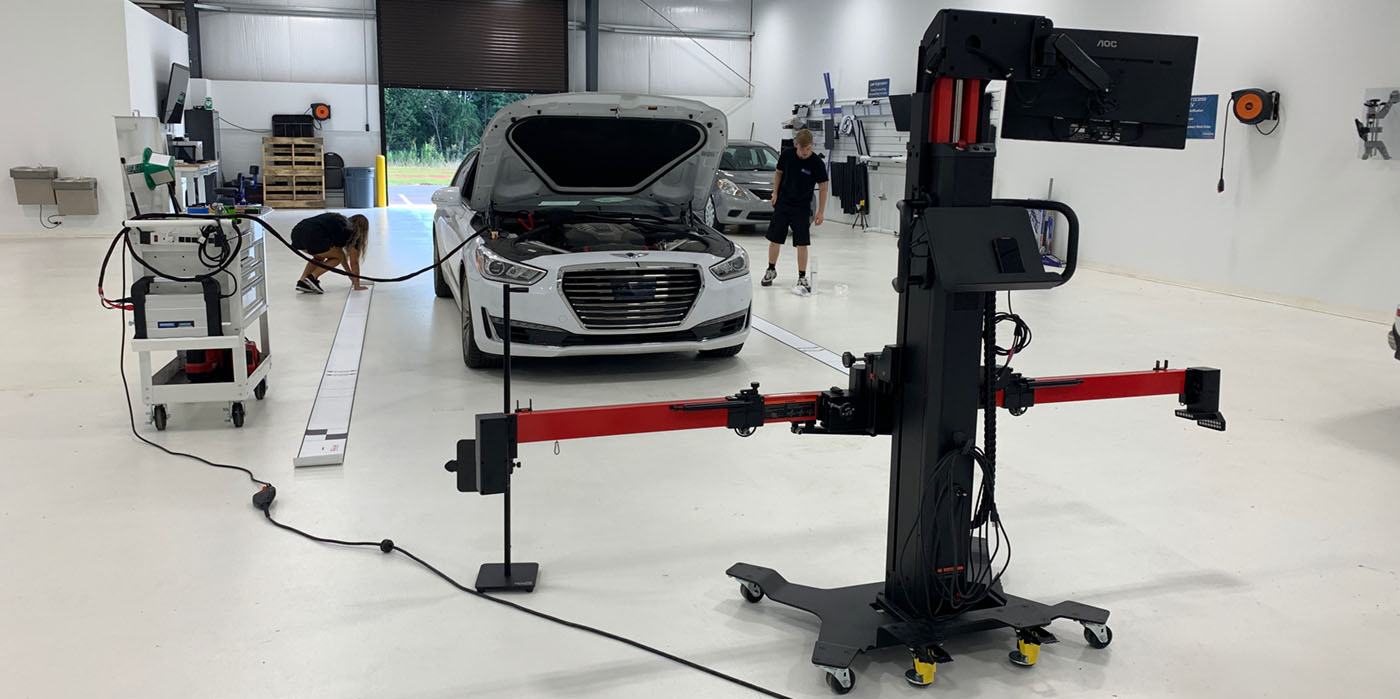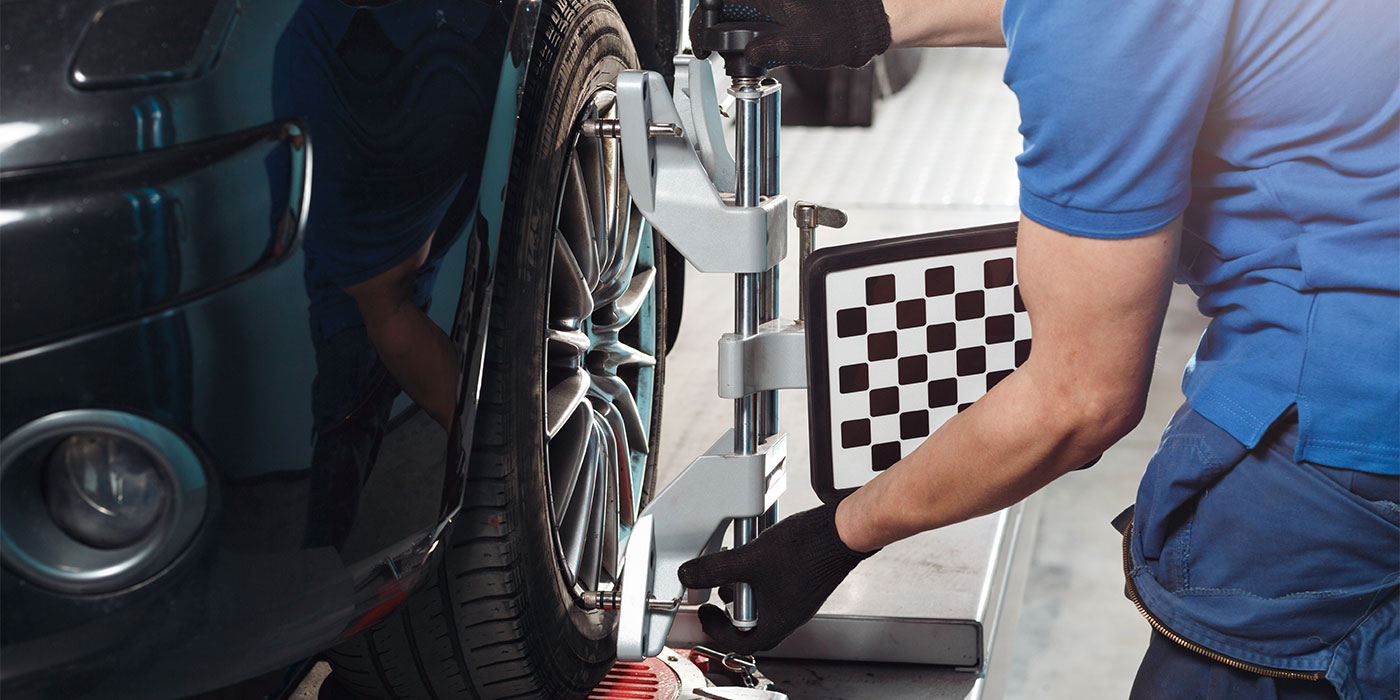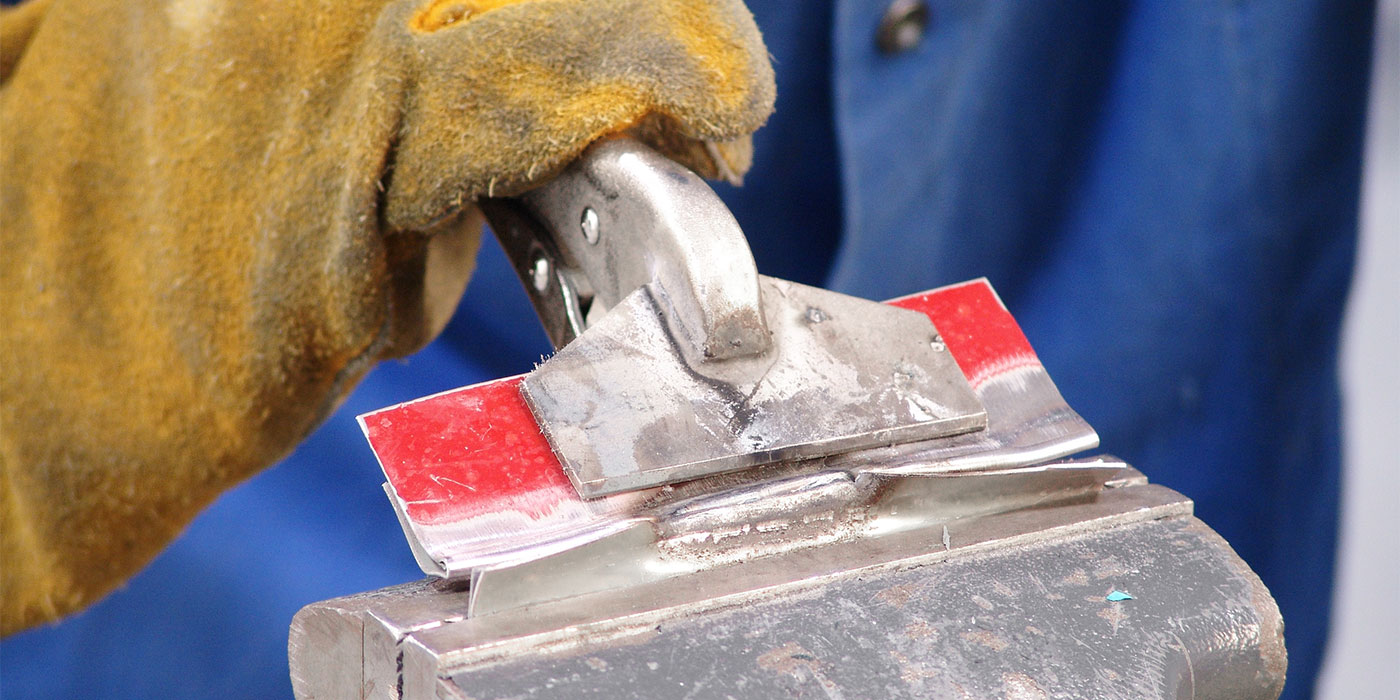An insurer has asked us to repair airbag covers on the dash, steering wheel and seat covers with side airbags. Is this an advisable repair? What are the liabilities? These repairs will require priming and refinishing.
Asked by Bruce Forgrave, Forgrave Autobody, Heath, Ohio.
There has been much debate recently about bumper reinforcements and airbag timing in crashes. If the steel is not of proper strength, the accelerometers may not deploy the airbags at the proper time in a crash. But there are more considerations than just timing.
Recent tests on aftermarket airbags show that even with correct timing, the unfolding of the airbag itself is critical to injury prevention. The airbag must deploy with the correct shape. The shape of the bag prevents injuries during the crash, as the bag should be fully deployed and in position before the occupant comes in contact. This is done by the correct folding and release or unfolding of the airbag itself.
The airbag modules or covers are designed to release when the pressure and the bag are applying the appropriate pressure. If this pressure is altered, the bag may be held too long or too short, affecting the bag from unfolding correctly. This would be a critical factor in preventing injuries and saving lives, as shown in the recent NHTSA testing on aftermarket airbags. Painting or dyeing the covers may change or alter the material and its ability to properly function. The chemicals may interact with airbag module or cover materials, changing the airbag’s strength and altering the unfolding of the bag. Paint or material used to color the modules or covers may be pushed or sent towards the eyes at a high velocity, which could lead to certain liability. This consideration is for driver’s side airbags that split or burst through to deploy. Airbag covers, in particular passenger side covers, that are clipped or tethered to the dash during deployment do not have this consideration. These deploy towards the windshield first, in most cases. Some vehicle manufacturers have procedures to color these covers.
On seat airbags, the same holds true of any repairs where the bag is deployed from. If the seam tears for deployment, the correct seam material to sew fabrics together is a factor to consider. The correct area must release as designed to position the airbag correctly. If repairs are made too strong, it may prevent the airbag from deploying to the outside of the seat. Remember that even seat covers are not to be used on vehicles equipped with side impact airbags or advanced occupant protection systems in the passenger front seat. Only color an airbag cover or module if a car manufacturer has a specific procedure.













